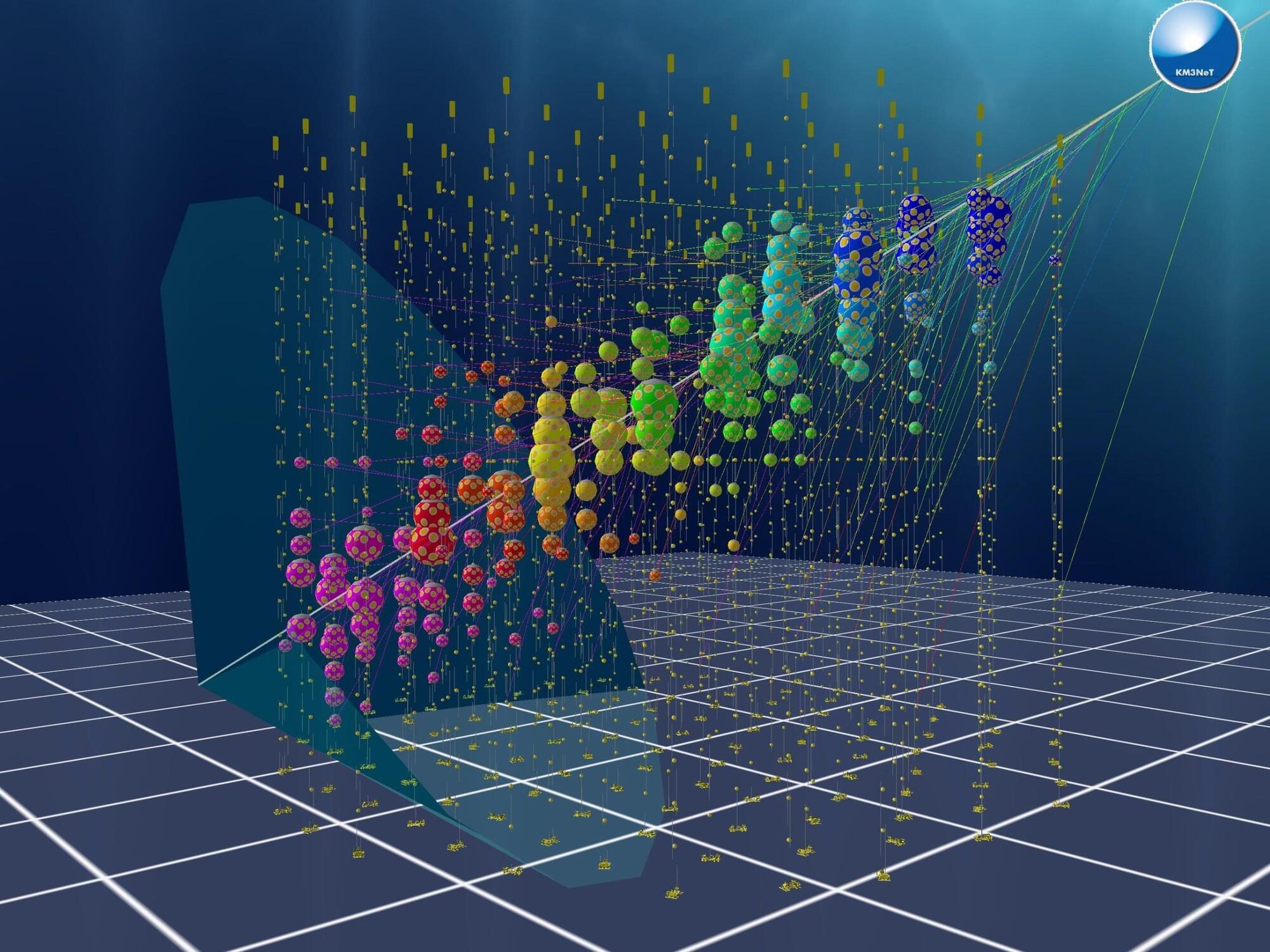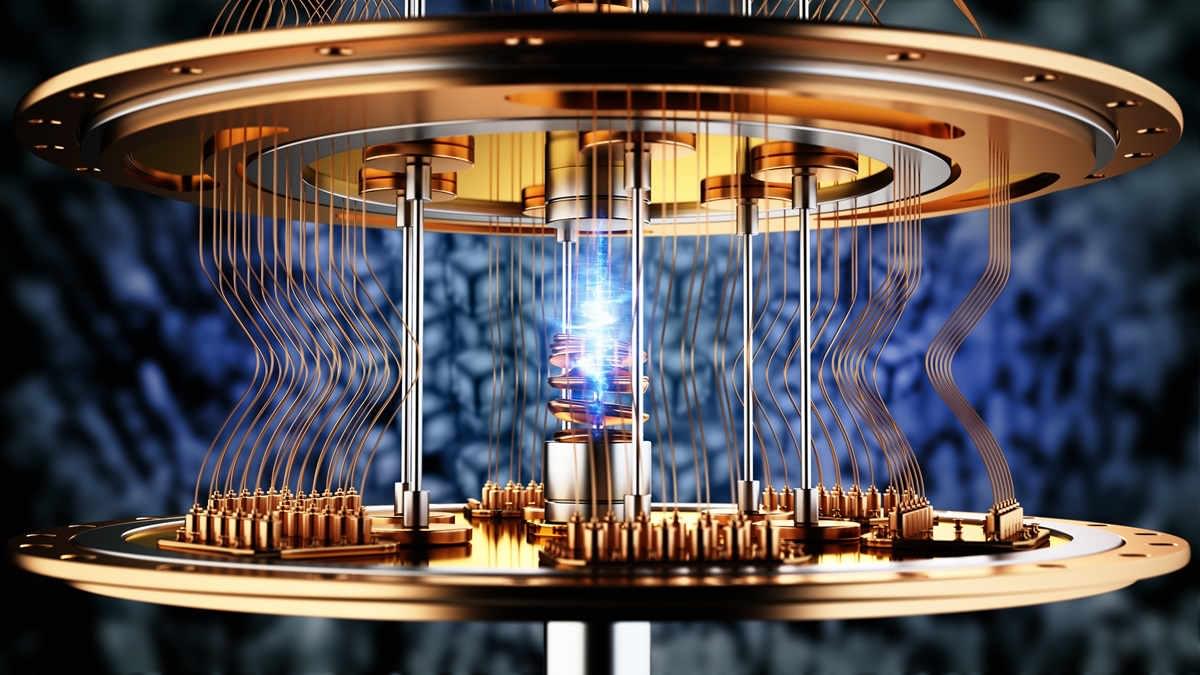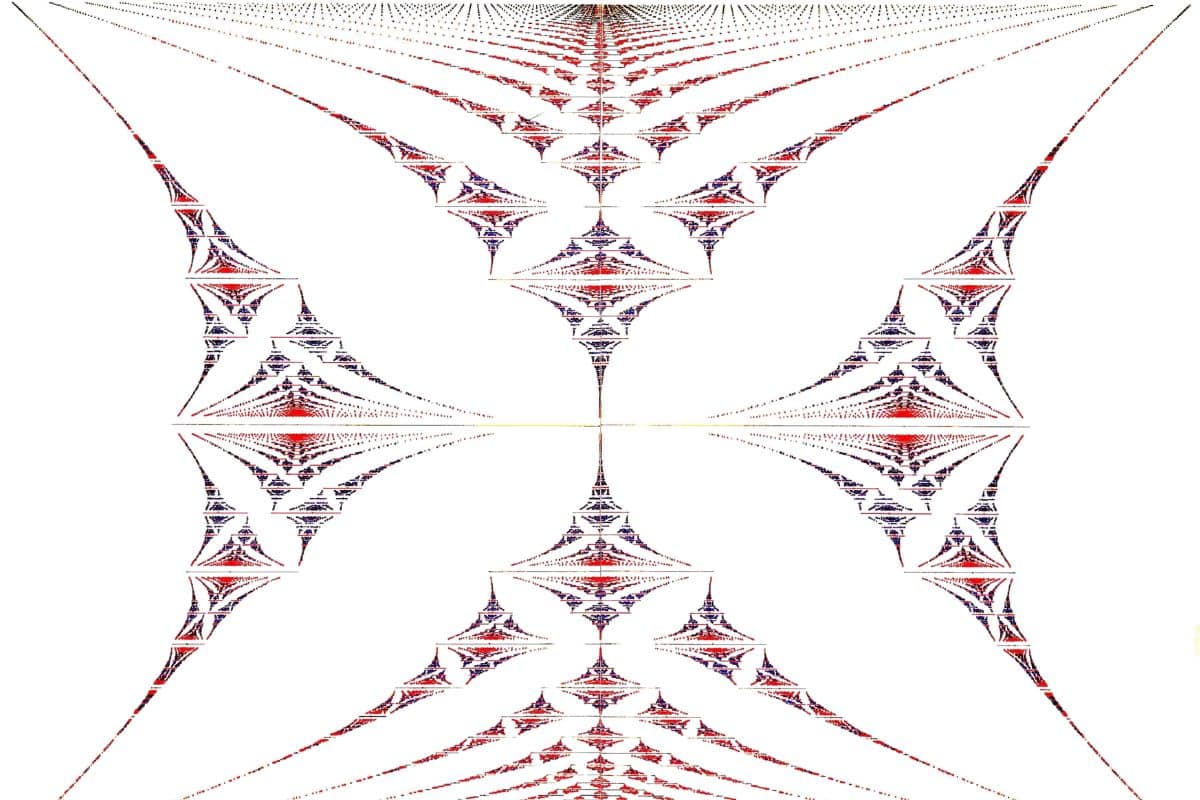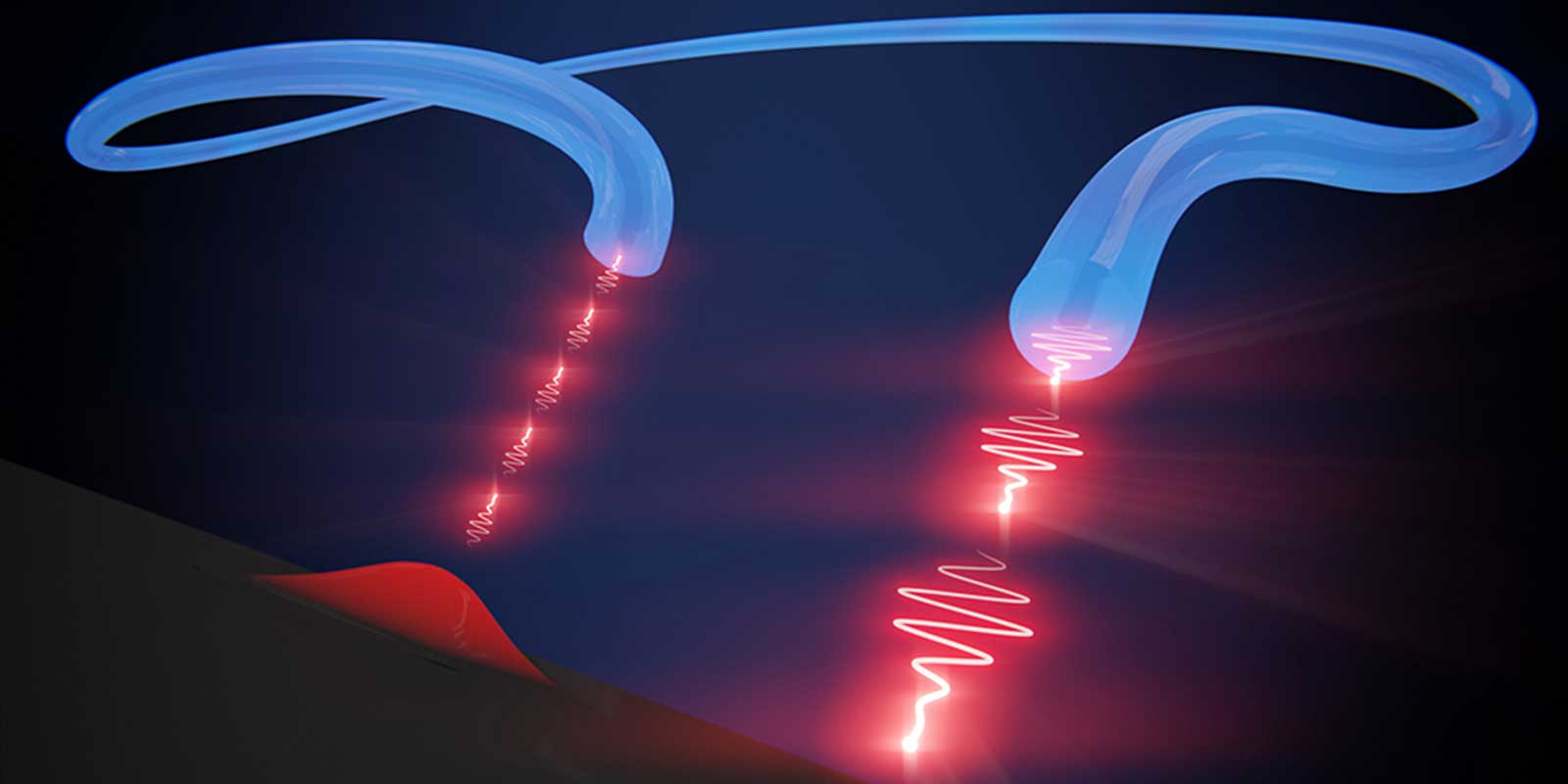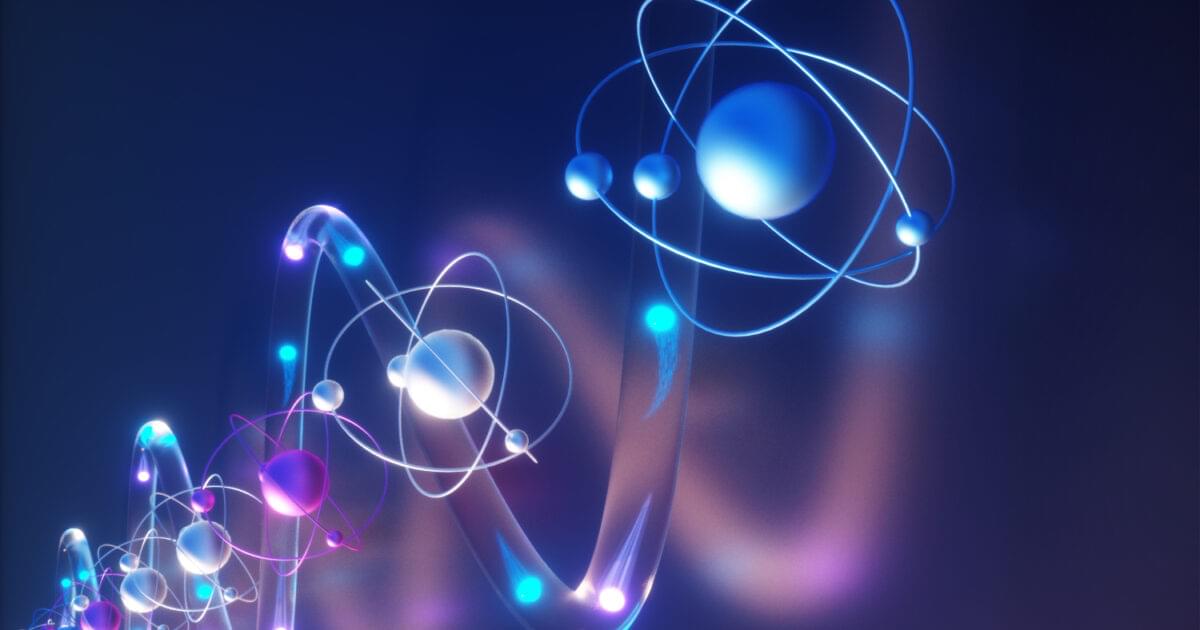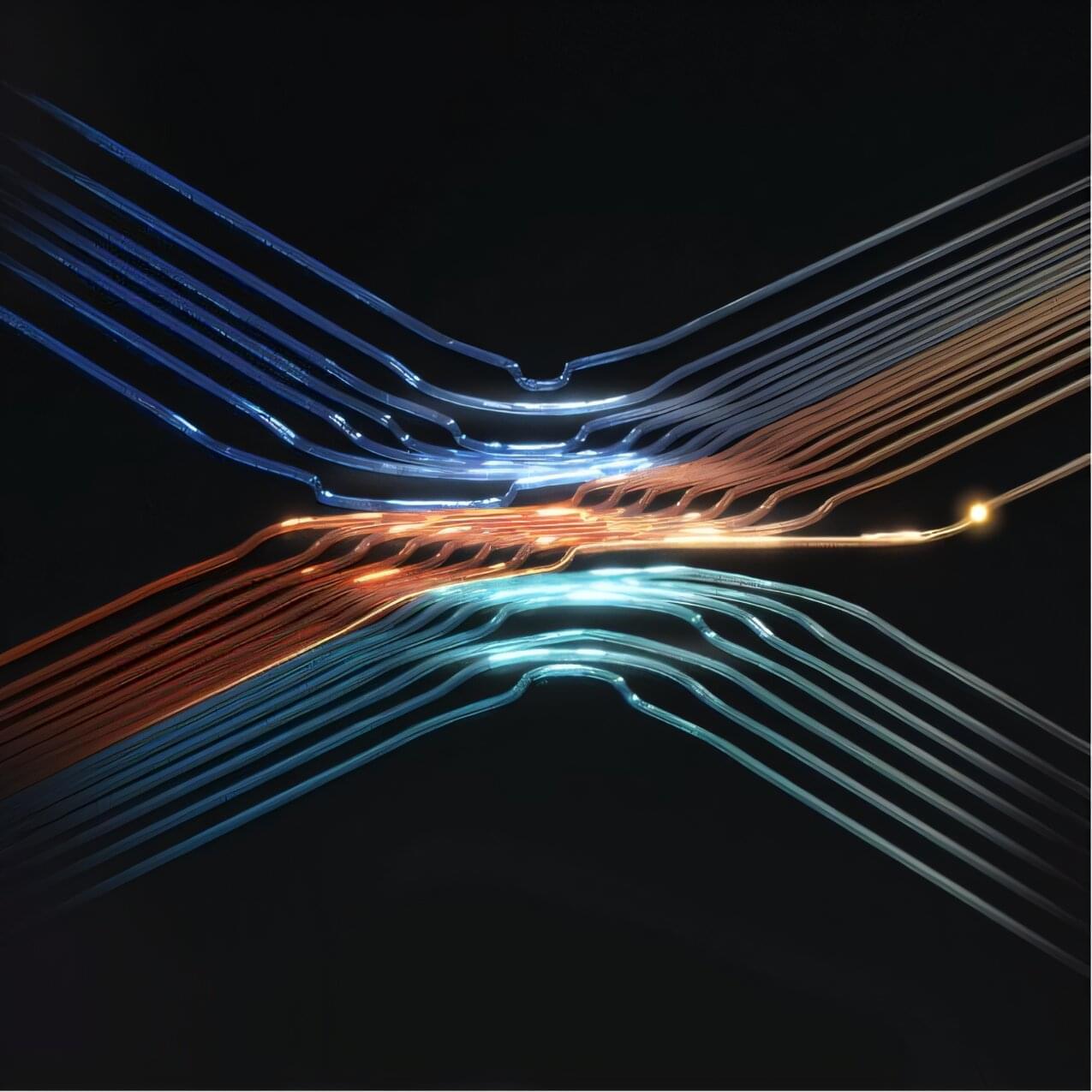For the first time, scientists have directly measured the cross-section of a weak r-process nuclear reaction using a radioactive ion beam. Specifically, the team studied the reaction 94Sr(α, n)97Zr, where a radioactive isotope of strontium (strontium-94) absorbs an alpha particle (a helium nucleus), emits a neutron, and becomes zirconium-97.
The findings have been published as an Editors’ Suggestion in Physical Review Letters
<em> Physical Review Letters (PRL)</em> is a prestigious peer-reviewed scientific journal published by the American Physical Society. Launched in 1958, it is renowned for its swift publication of short reports on significant fundamental research in all fields of physics. PRL serves as a venue for researchers to quickly share groundbreaking and innovative findings that can potentially shift or enhance understanding in areas such as particle physics, quantum mechanics, relativity, and condensed matter physics. The journal is highly regarded in the scientific community for its rigorous peer review process and its focus on high-impact papers that often provide foundational insights within the field of physics.

